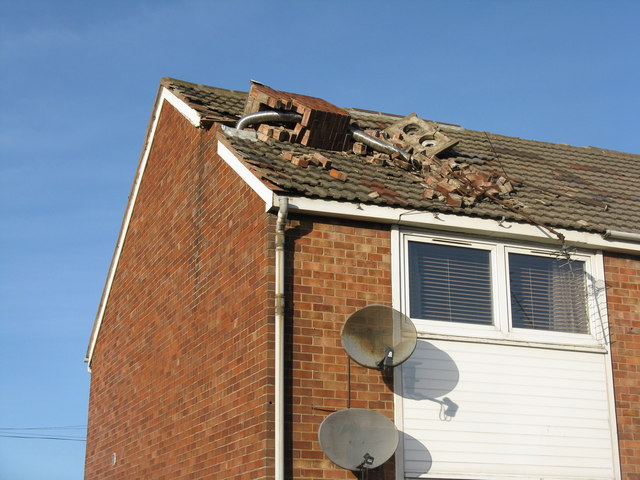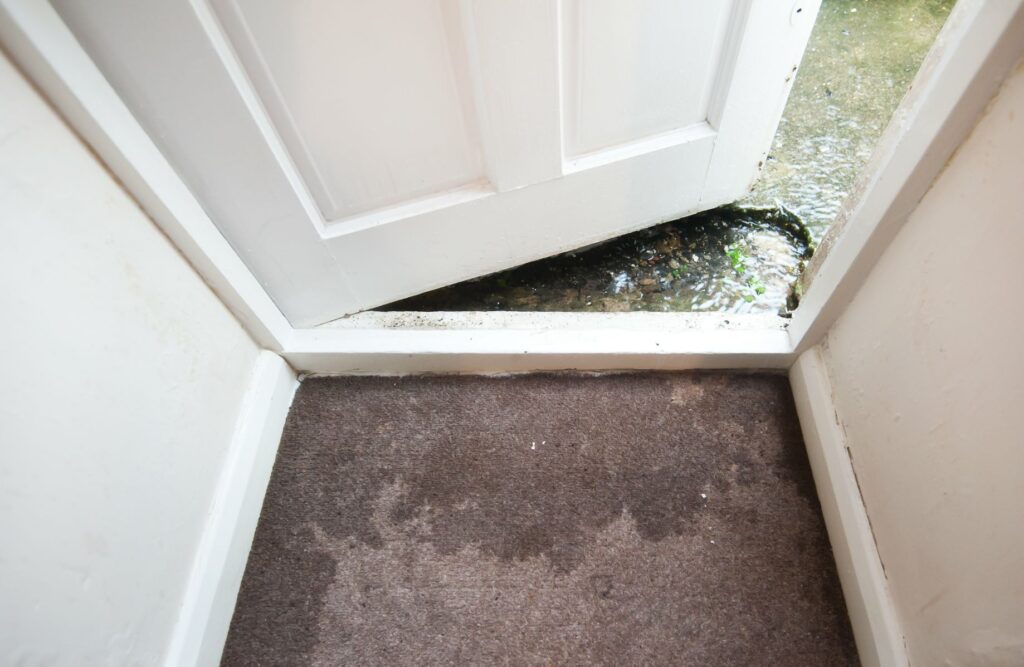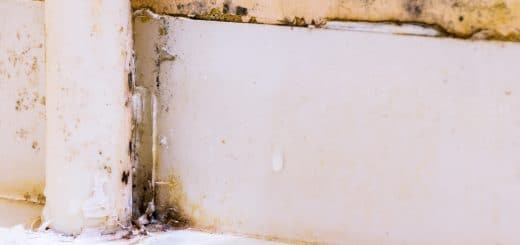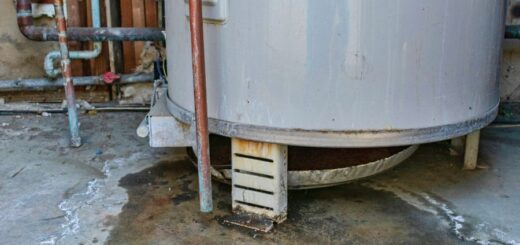How to Protect Your Home from Spring Rain
April showers signal the start of the spring season. However, they can also bring a lot of rain and create water damage to your home. Water damage from excessive rain can be costly to fix as water damage restoration services may run between $2,000 and $4,000.
The best way to protect your home from water damage caused by spring rain and avoid costly restoration is to prevent the damage from happening in the first place. The spring and summer are wet seasons when it comes to rainfall which makes it important to take steps that will protect your home from water damage. Protecting your home from the rain will help you prevent water damage through the spring, summer, and fall.
Here are some things you can do to protect your home from spring rain:
- Make sure to clean your gutters:
Your gutters should be cleaned and free of debris to protect your home from water damage caused by rain. Cleaning your gutters does involve climbing and the right tools to clear all debris and ensure that rainwater drains away from the home. If you hire professionals to do the job, you can be sure it is done correctly and safely.
- Get your roof updated or replaced:
The roof keeps your home safe and helps protect it from the rain. When rain occurs, it can penetrate a roof that is already damaged and cause water damage inside the home. Keep in mind that updating or replacing your roof is a costly home improvement, but professionals can help you every step of the way. First, you will need to have it inspected and then the professionals will let you know the best option to repair or replace the roof.
- Cover your plants:
Plants and flowers benefit from April showers; however, they can also receive too much rain. It is always best to talk to a gardening pro and learn what needs to be done to keep your plants safe outside, so they don’t get overwatered. They can let you know the proper techniques to protect your plants from too much rain. Bottom of Form
- Get your deck waterproofed:
It is important to get your deck waterproofed by hiring a professional deck waterproofing contractor. These professionals can properly waterproof your deck, so you don’t have to worry about possible rain damage.
- Do the caulking around your windows and doors:
Make sure to caulk around your windows and doors to help keep the rain out of your home. Aside from preventing water damage, proper caulking will keep drafts and pests out of your home as well.
- Waterproof your basement:
If you have a basement, you must make sure you keep water out of it. Your basement is one of the most vulnerable areas of your home to water damage and flooding from rain. It is always best to get it waterproofed by a professional waterproofing company.
- Make sure to repair or replace any wet drywall:
When drywall becomes wet from the rain, it can experience serious structural damage or become affected by mold growth. Mold can form within 24-48 hours, so it is important that you call a professional right away so they can dry out the drywall and restore or replace it.
- Install a sump pump in your basement:
The sump pump helps prevent flooding in your basement by removing any accumulated water. Sump pumps need to be installed in basements that are prone to flooding. The sump pump should be installed by a professional as it is a complex task.
- Inspect your yard for drainage issues:
If your yard has poor drainage, it can cause issues for your property. Pooling water can damage your plants and garden and increase the risk of foundational water damage to your home. It is best to contact a landscaping professional to look at any drainage issues you may have and fix them. Whether you need a creek bed dug or to construct a rain garden, they will help you solve any issues you may have.
- Use sandbags:
A super easy way to keep water away from your home is to use sandbags. You can place them near areas that are usually affected by water such as near basement doorways or garage doors. To keep your costs down, you can purchase sandbags and then fill them with your own sand purchased from a local hardware store.
Call Water Damage Restoration Company
Have you had a water damage issue at your home or business? You need to call a water damage restoration professional right away to limit and restore the damage. Whether you’ve had water damage at your property due to flooding, a sewage backup, or a natural disaster, professional technicians will clean, disinfect, and restore your property back to its original state. They are also highly trained to remove any mold or mildew that has formed and will make sure it does not come back.













